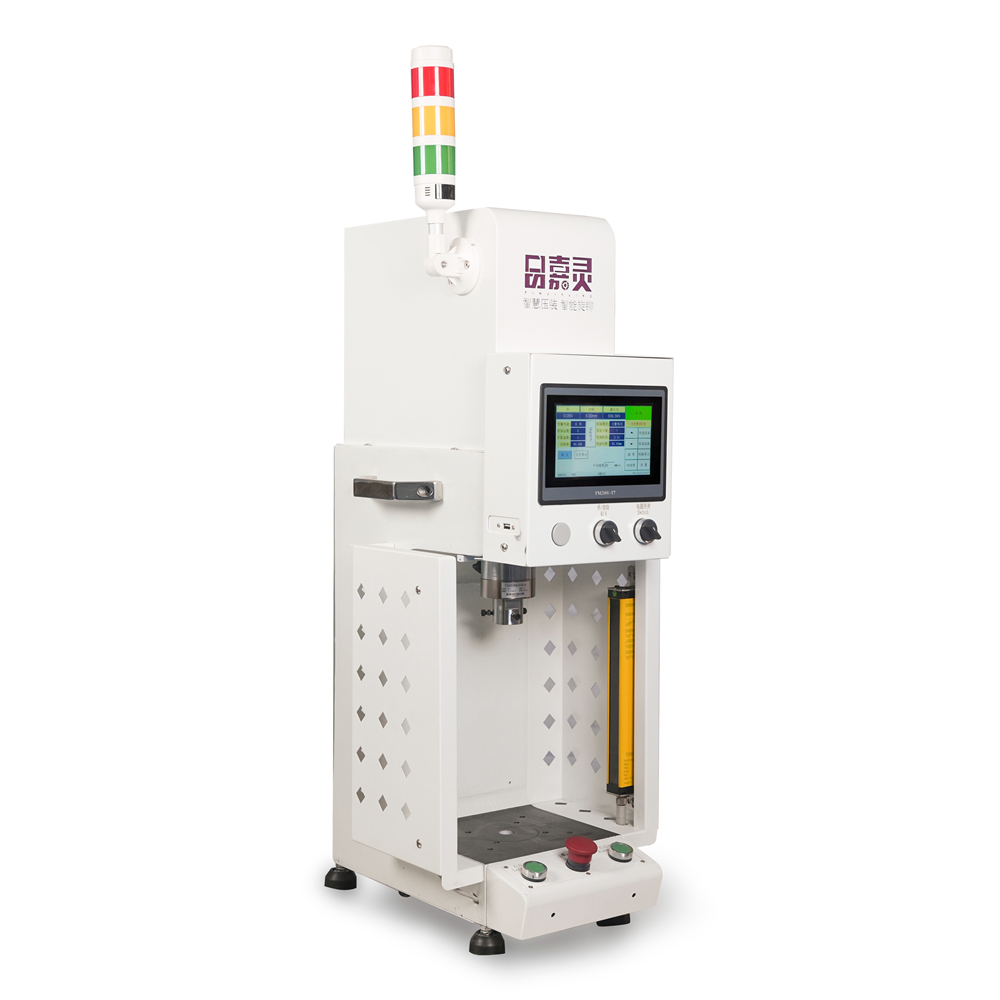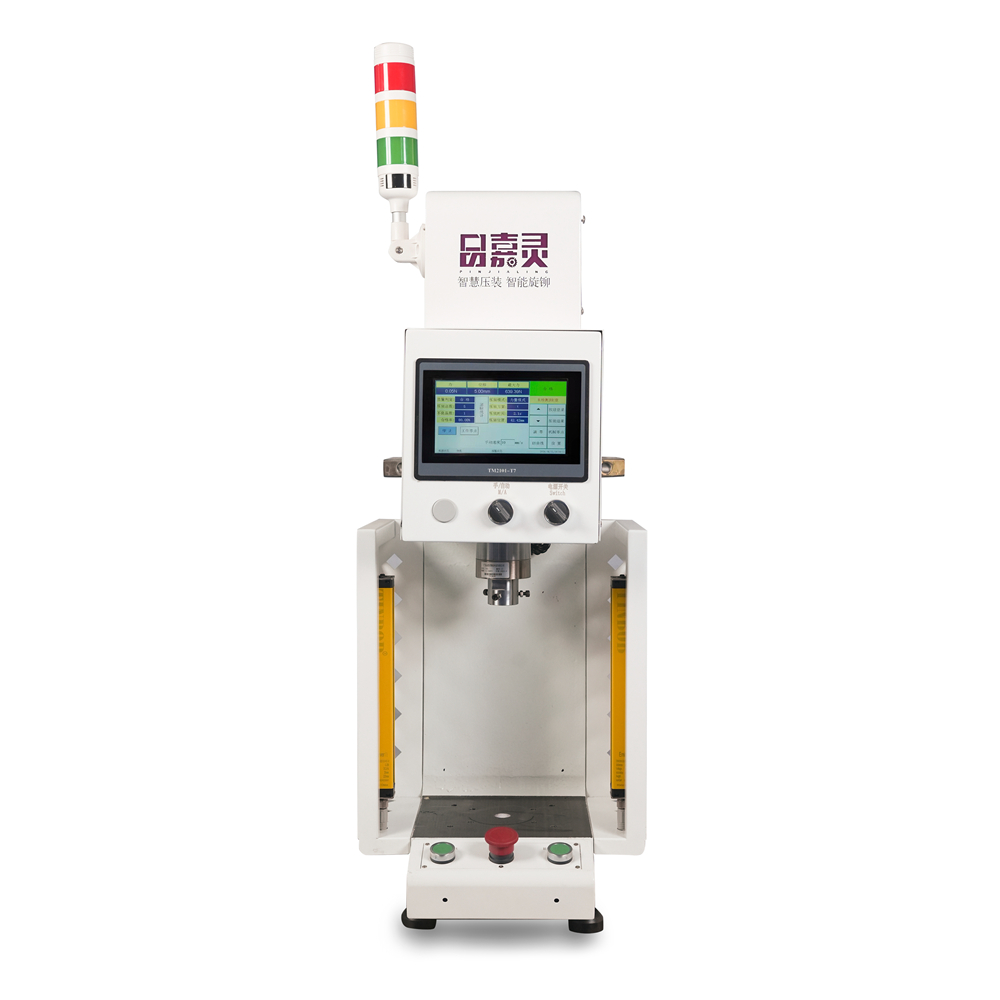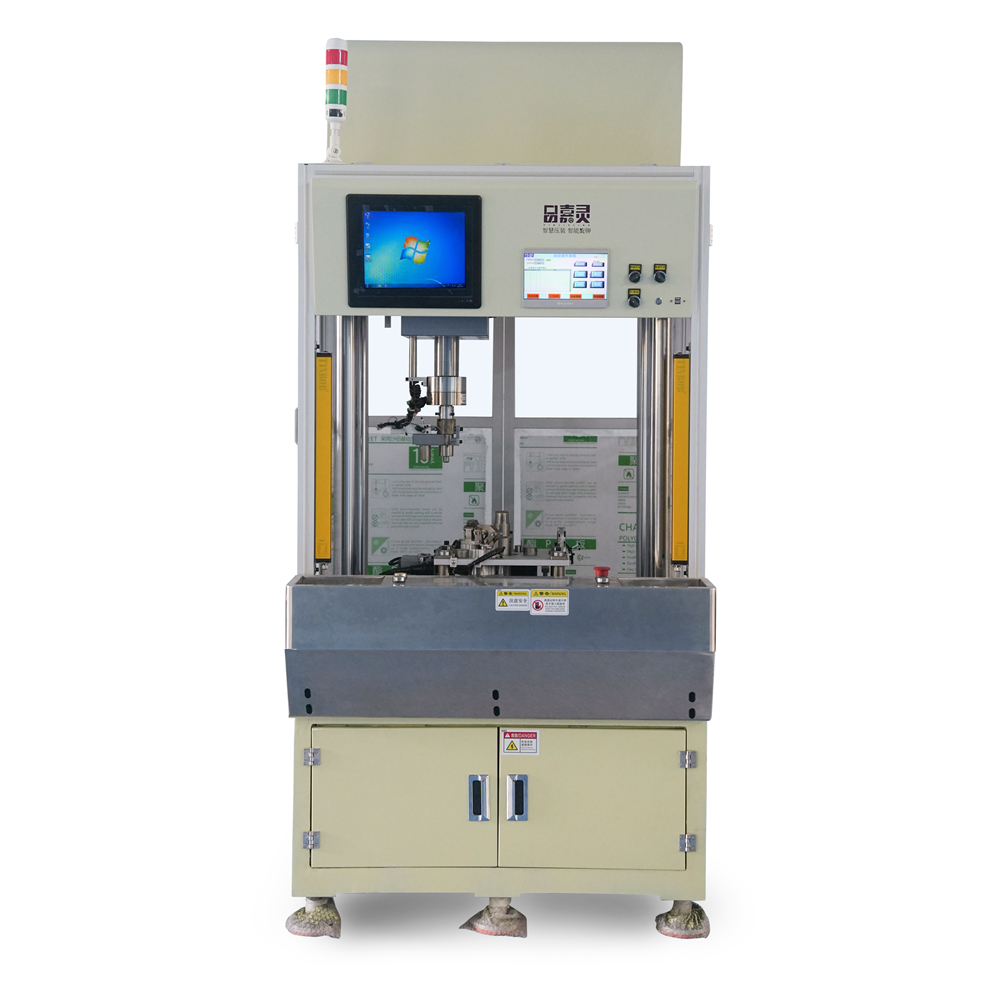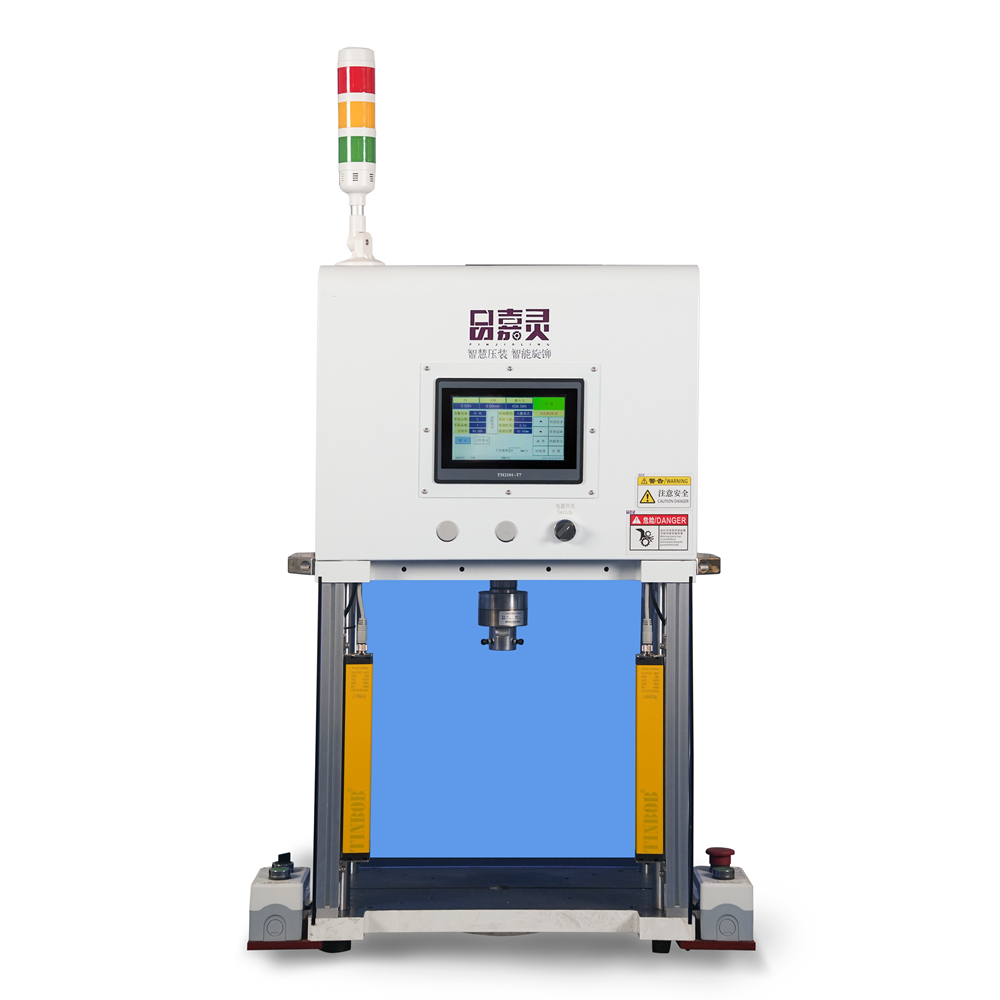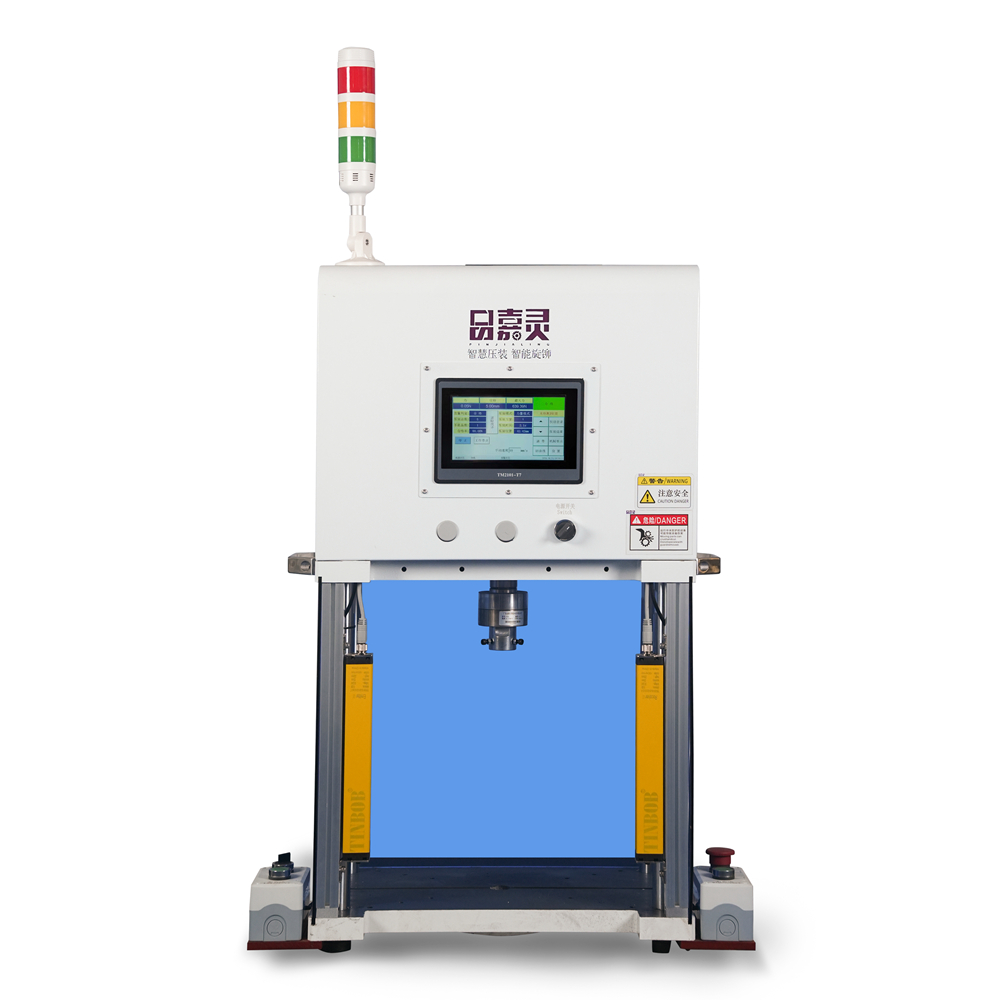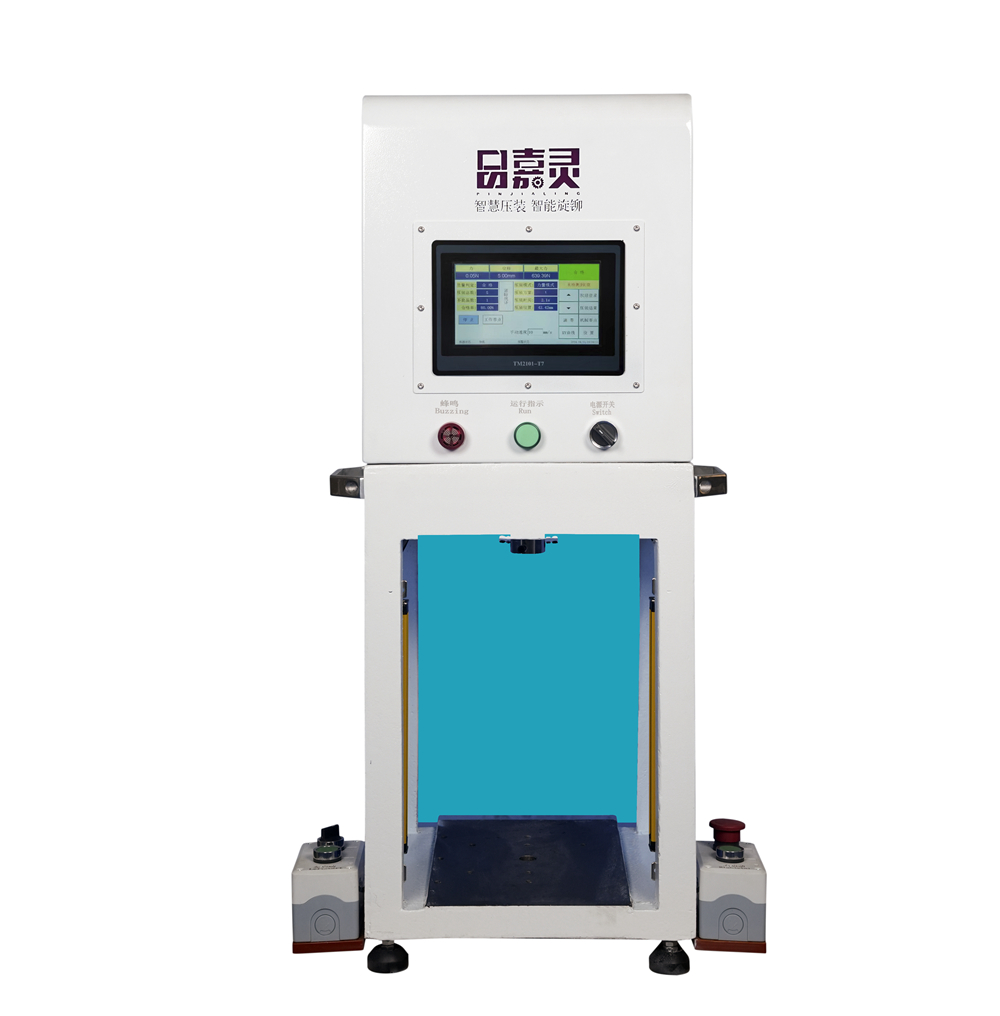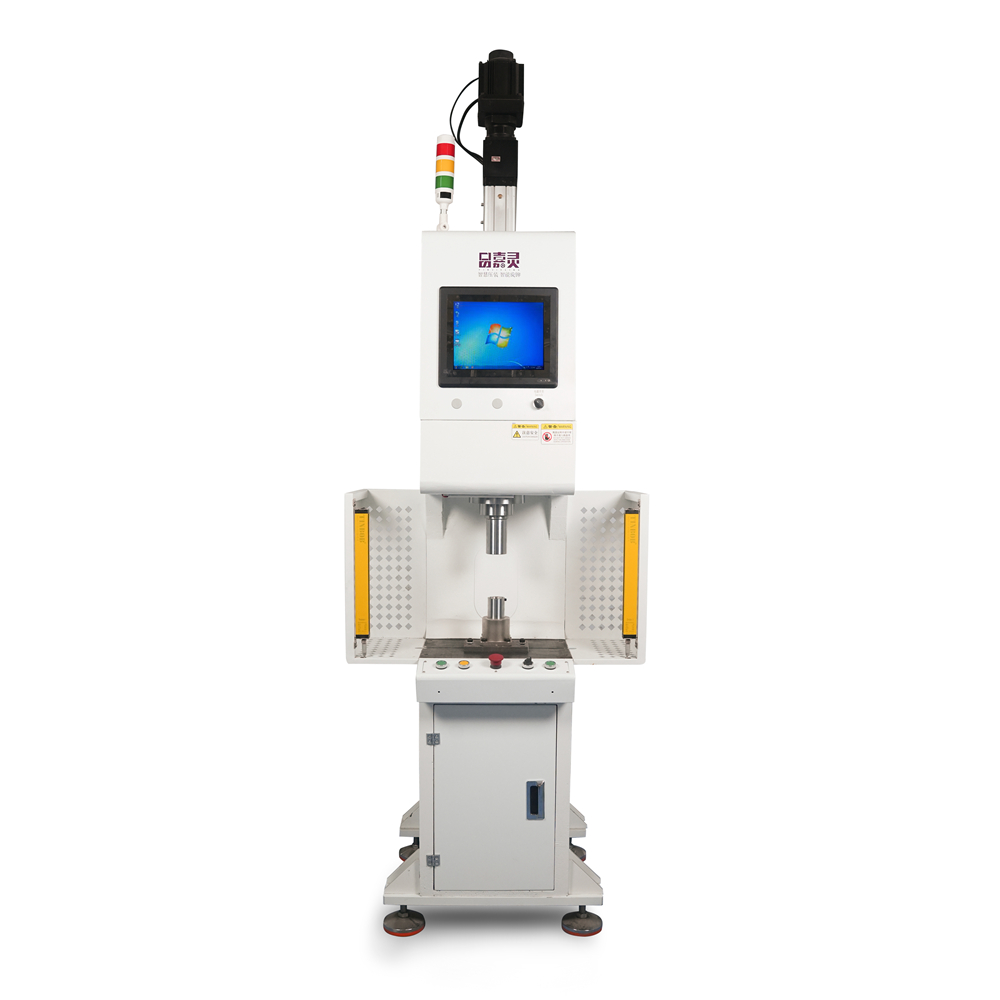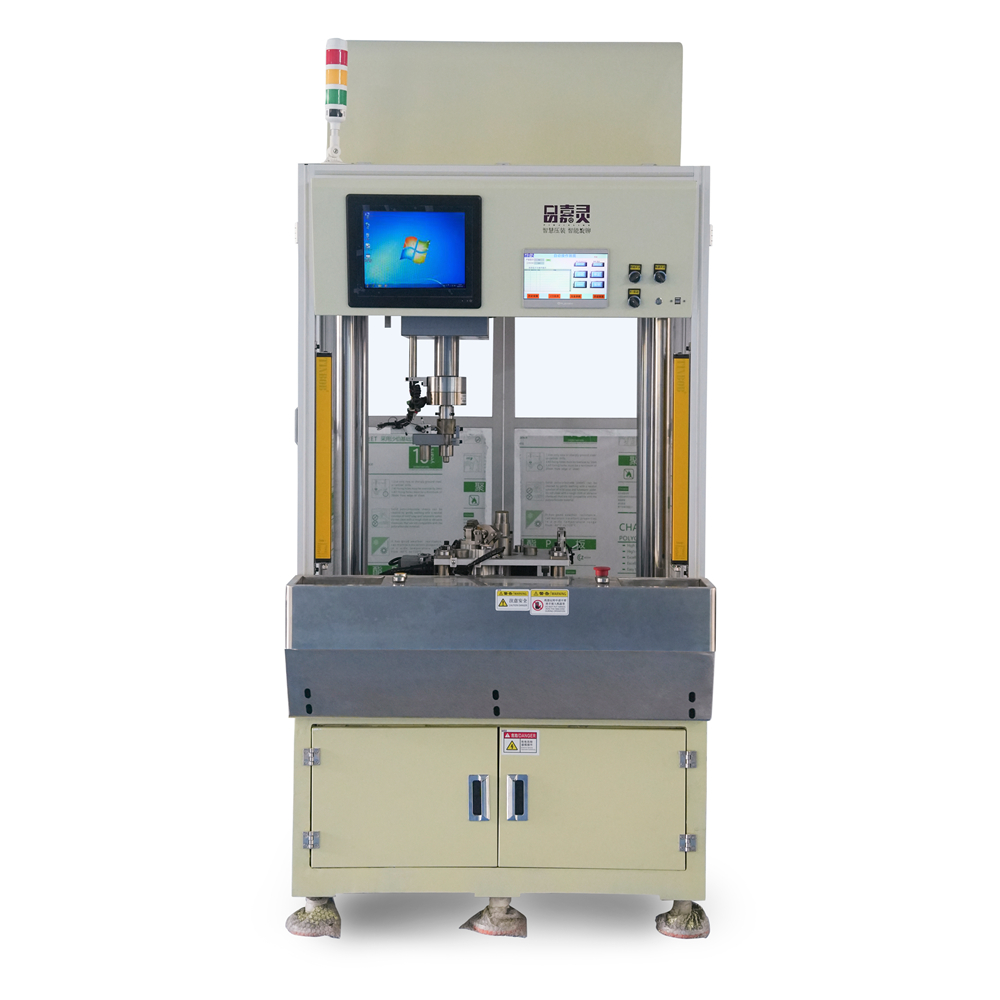Exploring the Versatility of Four-Post Presses in the Manufacturing Industry
Введение
In the fast-paced and ever-evolving manufacturing industry, the need for versatile and efficient machinery has never been greater. One such machinery that has gained popularity in recent years is the four-post press. This article aims to explore the versatility of four-post presses and their applications in various manufacturing processes.
What are Four-Post Presses?
A four-post press is a type of hydraulic press that utilizes four vertical columns to provide stability and precision in its operations. It features a movable ram that is powered by hydraulic cylinders, allowing it to exert a significant amount of force onto the workpiece. Four-post presses are commonly used for tasks that require high-pressure loading, such as stamping, forging, and molding.
Applications in Stamping
One of the primary applications of four-post presses is in the stamping process. Stamping involves the shaping or forming of metal sheets or other materials through the use of a die and a press. Four-post presses are ideal for stamping due to their ability to provide high force and precision control. They can be programmed to exert a specific amount of pressure, allowing for consistent and accurate results. Furthermore, the stability provided by the four columns ensures that the force is evenly distributed across the workpiece, minimizing the risk of deformation or uneven shaping.
Applications in Forging
Forging is another manufacturing process where four-post presses excel. It involves the shaping of metal through the application of compressive forces. Four-post presses are capable of generating high pressures required for forging, making them ideal for this application. The movable ram can be precisely controlled, allowing for the gradual application of force during the forging process. This control ensures that the metal is properly shaped and avoids any potential defects or overworking of the material. Four-post presses also offer the advantage of adjustable stroke lengths, accommodating different sizes and shapes of workpieces.
Applications in Molding
Four-post presses are also extensively used in the molding industry. In molding, materials such as plastics, rubber, or composites are shaped into specific forms using molds. Four-post presses provide the necessary force to shape the materials and ensure the quality of the final product. The versatility of four-post presses allows for a wide range of molding techniques, including compression molding, transfer molding, and injection molding. The stable structure of the press ensures that the mold remains aligned and prevents any shift during the molding process, guaranteeing precision and consistency.
Advantages of Four-Post Presses
The versatility of four-post presses stems from their unique design and features. Apart from the ability to generate high pressures and precise control, four-post presses offer several other advantages. The four columns provide excellent stability, minimizing vibrations and ensuring accurate and consistent results. The adjustable stroke length allows for flexibility in accommodating various workpiece sizes and shapes. Four-post presses also have a compact footprint, making them suitable for manufacturing environments with limited space. Additionally, modern four-post presses often come with advanced automation features, enabling efficient and streamlined operations.
Заключение
The versatility of four-post presses in the manufacturing industry cannot be understated. Their ability to provide high pressure, precise control, and stability makes them indispensable in stamping, forging, and molding processes. With their compact design and advanced automation features, four-post presses offer manufacturers a versatile and efficient solution for their diverse manufacturing needs. As the industry continues to evolve, the demand for four-post presses is only expected to grow, and their applications are likely to expand further.
- Comparative Analysis of Horizontal vs Vertical Servo Press Machine Structures
- The design and structure of servo press machines have evolved to cater to various industrial requirements,...
- Overview of Servo Press Machine Technology and Industrial Applications
- Servo press machines represent a significant advancement in the realm of industrial press technology. These...
- Vertical Servo Press Machine Force Distribution Analysis for Quality Control
- Vertical Servo Press Machine Force Distribution Analysis for Quality Control The functionality and...
- Vertical Servo Press Machine Pressure Sensing and Feedback Systems
- Vertical servo press machines utilize advanced technology to enhance manufacturing processes, particularly in applications requiring precise...
- Gantry Servo Press Machine Features for Heavy Duty Pressing Operations
- Gantry servo press machines represent a sophisticated solution for heavy-duty pressing operations, offering a range of...
- Horizontal Servo Press Machine Tooling Options and Compatibility
- Horizontal Servo Press Machine Tooling Options and Compatibility When considering the implementation of...



